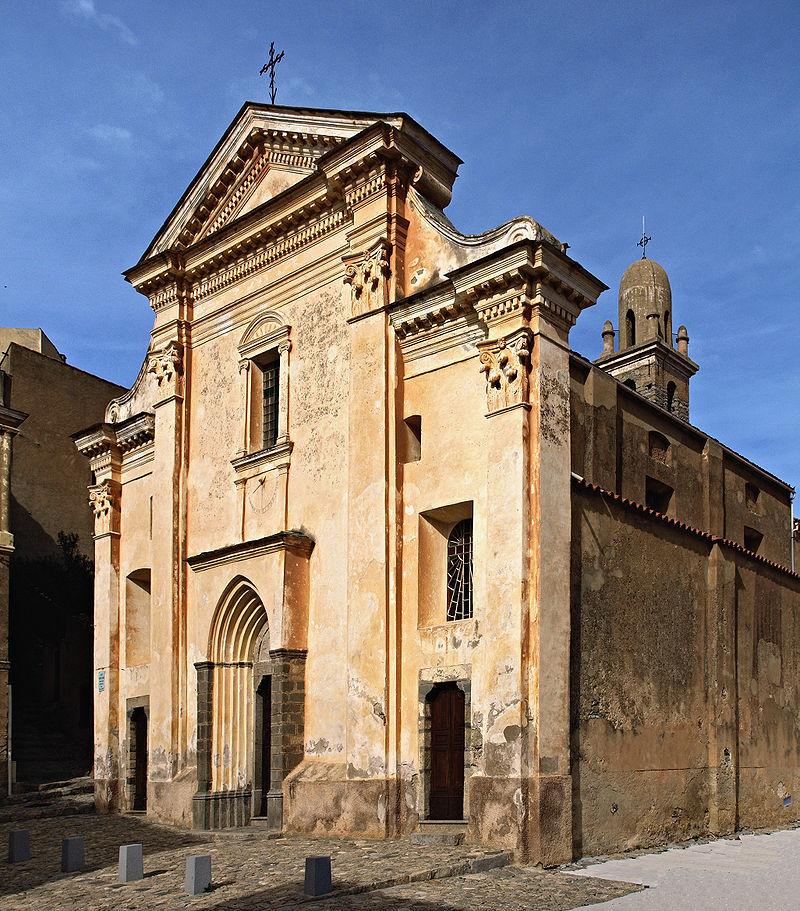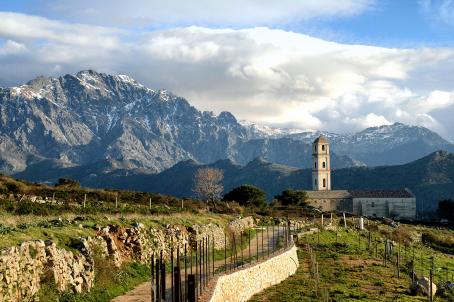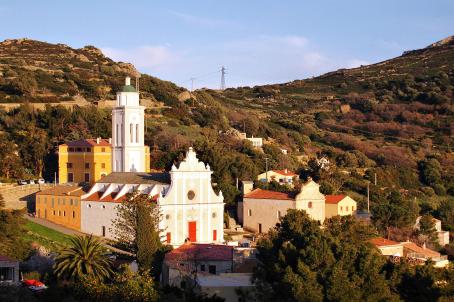Church de l'Assomption

The collegiate church of the Assumption-Santa Maria Assunta is located in Speloncato, Upper Corsica. It was first a Romanesque church that was built in 1509, but was promoted to a collegiate church in 1749. This required profound changes: the Santa Croce oratory, on the right side, was destroyed and rebuilt, and two collaterals, a baroque choir and exrta decoration were also added. The collegiate church is home to many objects listed as Historical Monuments, including several paintings and a historic organ.
About this building
The Collegiate Church of the Assumption - Santa Maria Assunta is located in Speloncato, in Haute-Corse. It was first Romanesque church that was built in 1509 then consisting of a single nave and a salient transept.
The church was promoted to a collegiate church by Pope Benedict XIV in 1749 and confirmed by Pope Clement XIII in 1766. This entailed profound changes: the Santa Croce oratory on its right side was destroyed and rebuilt. At the same time, two collaterals, a Baroque choir and a polychrome stuck decoration were added. The neo-Romanesque bell tower dates from 1913. The collegiate church was restored in 1970.
It houses many objects listed as Historical Monuments, including the canvas ‘The Last Communion of a Saint King’ from the seventeenth century and the shrine of the relics of San Vittoriu, a martyr of the late third century. It also has a Crudeli historical organ (1810) and a tribune (1821) by Anto Giuseppe Saladini, who was born in Speloncato.




